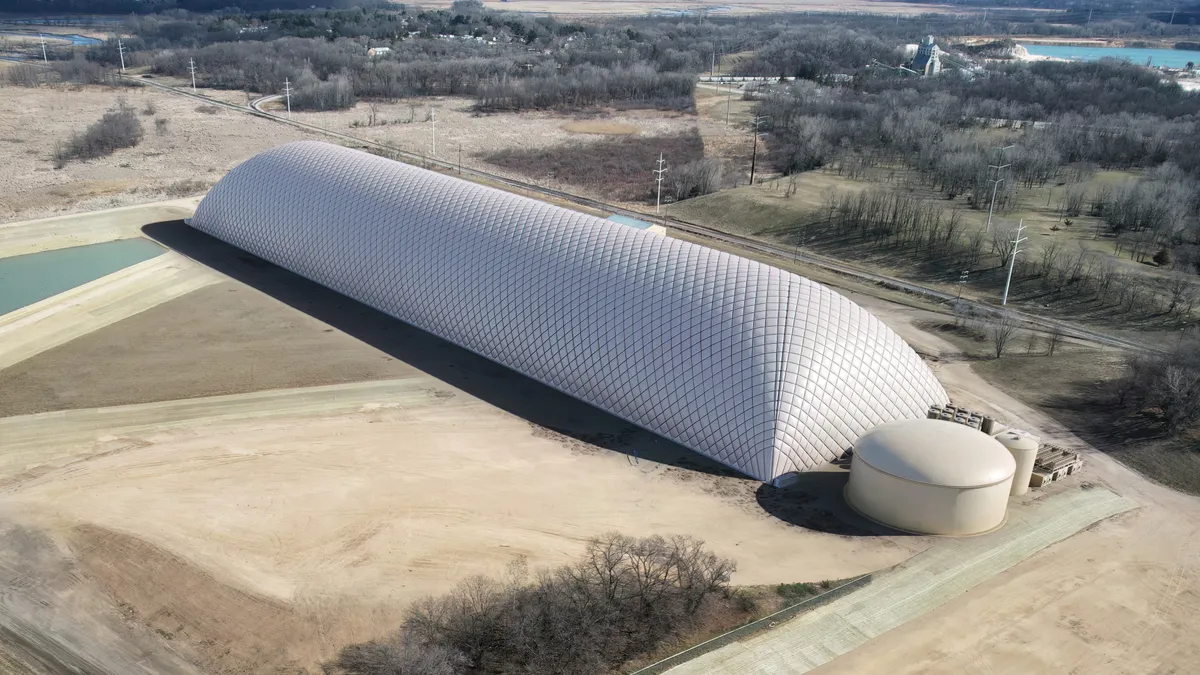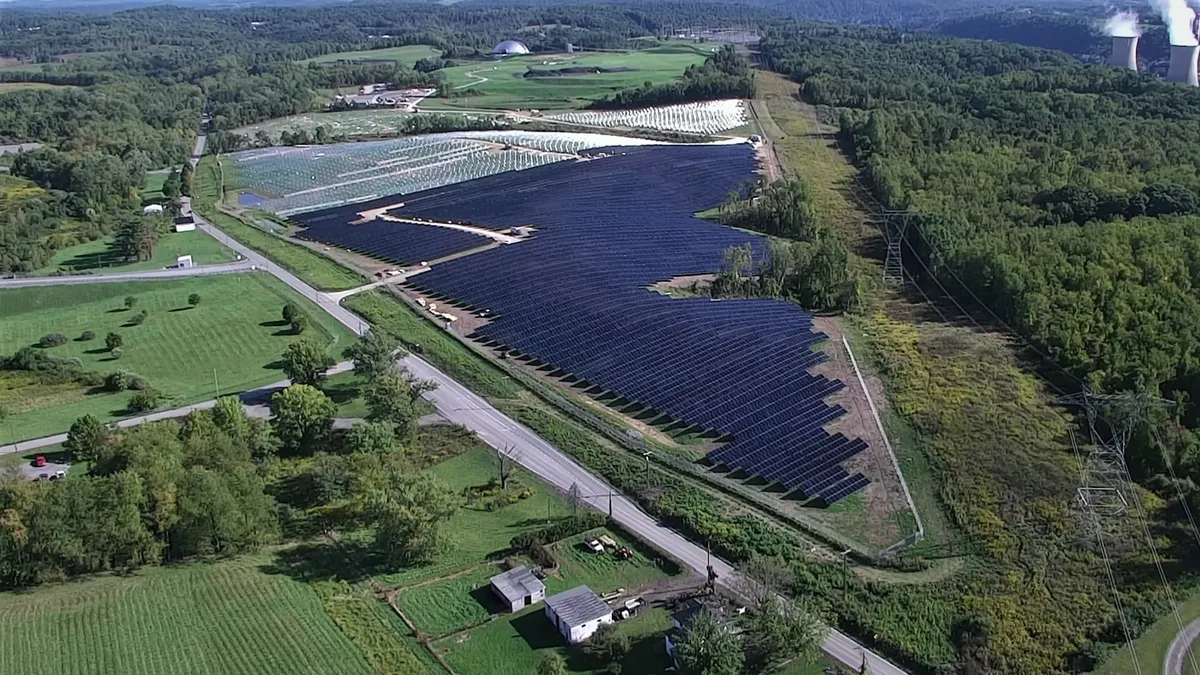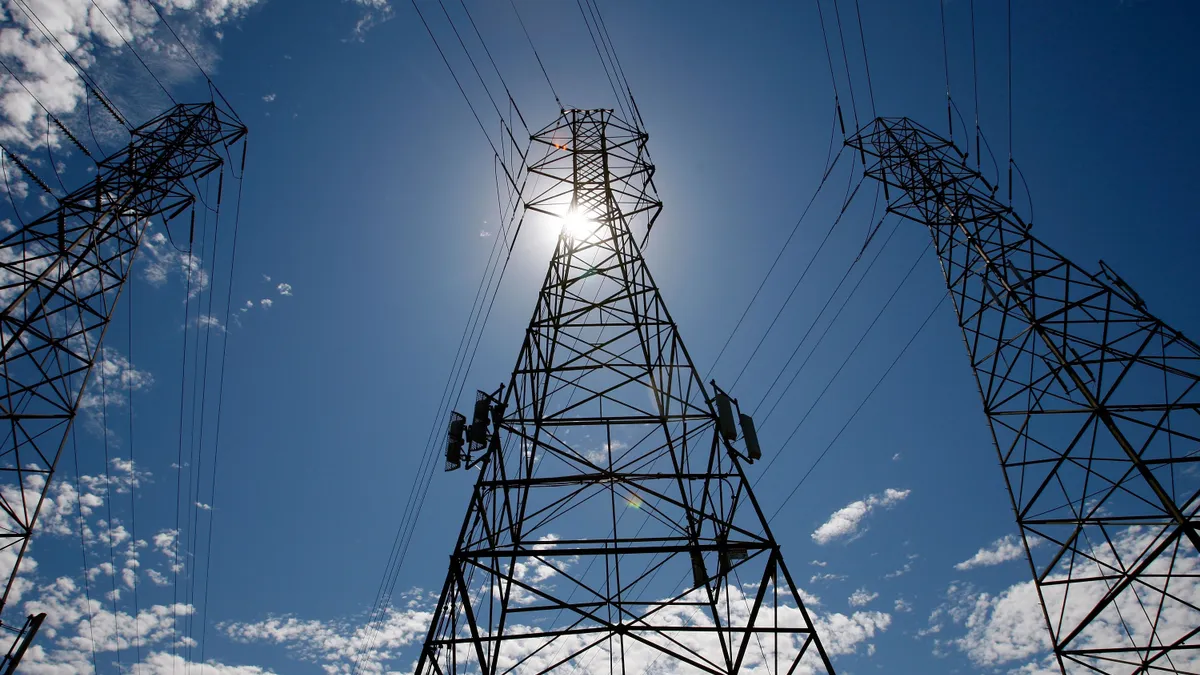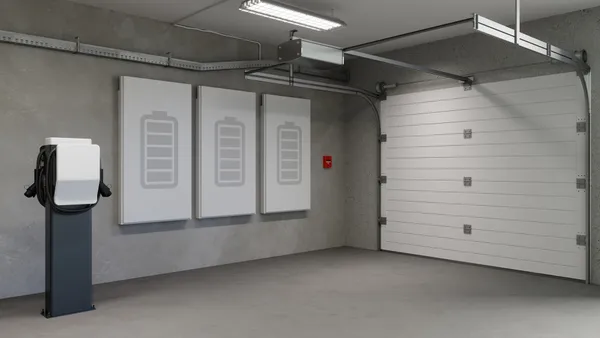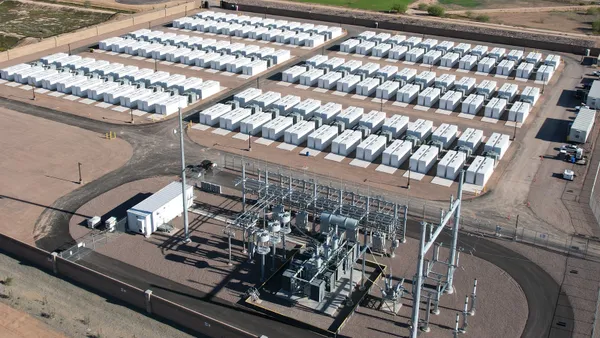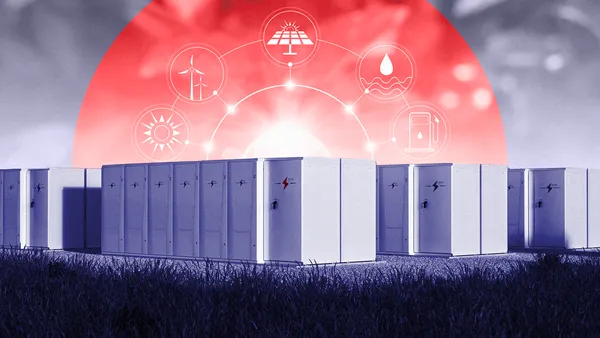Dive Brief:
- Energy Dome and Alliant Energy have signed a supply contract to provide Energy Dome’s patented compressed carbon dioxide battery system to Alliant’s 20-MW/200-MWh Columbia Energy Storage Project in Wisconsin, the companies said Oct. 23.
- The pilot installation will be the first utility-scale deployment of Energy Dome’s 10-hour carbon dioxide battery in the United States, following the expected commissioning of a similar facility in Sardinia, Italy, early next year. The Sardinia project “will provide the ideal testbed from both a construction and operational perspective” for the Wisconsin deployment, Energy Dome said.
- “After a thorough evaluation of technologies available in the market, Energy Dome’s CO2 battery stood out as a cost-effective, efficient and scalable solution,” Alliant Executive Vice President of Strategy and Customer Solutions Raja Sundararajan said in a statement. “We see this as the first of many CO2 batteries to be built in partnership between Energy Dome and Alliant.”
Dive Insight:
The Columbia Energy Storage Project would be jointly owned by Madison Gas and Electric, Wisconsin Public Service and Alliant subsidiary Wisconsin Power and Light, according to an Aug. 7 filing with the Wisconsin Public Utilities Commission. Other project partners include Shell Global Solutions US, the Electric Power Research Institute, Madison College and the University of Wisconsin-Madison.
The Columbia Energy Storage Project would be located north of Madison near the 1,023-MW coal-fired Columbia Energy Center, which is jointly owned by the three project applicants. The owners plan to shut down both Columbia Energy Center units by mid-2026, Madison Gas and Electric says.
The site was selected in part due to its existing electric infrastructure, according to an Alliant fact sheet.
Construction on the Columbia Energy Storage Project is expected to begin in 2026 and wrap up by the end of 2027, Alliant says. The project is eligible for up to $30.7 million in cost-share funds from the U.S. Department of Energy’s Office of Clean Energy Demonstrations.
The installation will test Energy Dome’s compressed-CO2 technology and help Alliant evaluate how the system might operate on its grid, Alliant Director of Technical Solutions and Federal Funding Mike Bremel told Utility Dive in August.
The Columbia Energy Storage Project is rated to discharge 18 MW of power for at least 10 hours, according to the Alliant fact sheet. The system charges by using energy from the electric grid to compress gaseous CO2 into liquid form, then discharges by converting the liquid back to gas form and running the expanded volume through a turbine, Alliant says.
The system takes 10 hours to reach full charge and could charge in as little as five hours with a second compressor, Bremel said in August. But Alliant has no plans to add a second compressor at the Columbia site, he added.
Energy Dome’s technology is appealing because it primarily uses off-the-shelf components, has higher round-trip efficiency than many other long-duration energy storage systems and long potential service life, Bremel said. Round-trip efficiency is the ratio of energy output to energy input; higher round-trip efficiency means lower energy losses from charging and discharging.
The CO2 battery has potential round-trip efficiency over 75%, is expected to experience “no degradation of capacity or performance over 30+ years,” and uses no rare materials — mainly water, steel and carbon dioxide — with all components “readily available worldwide from multiple Tier 1 suppliers,” Energy Dome says.


